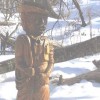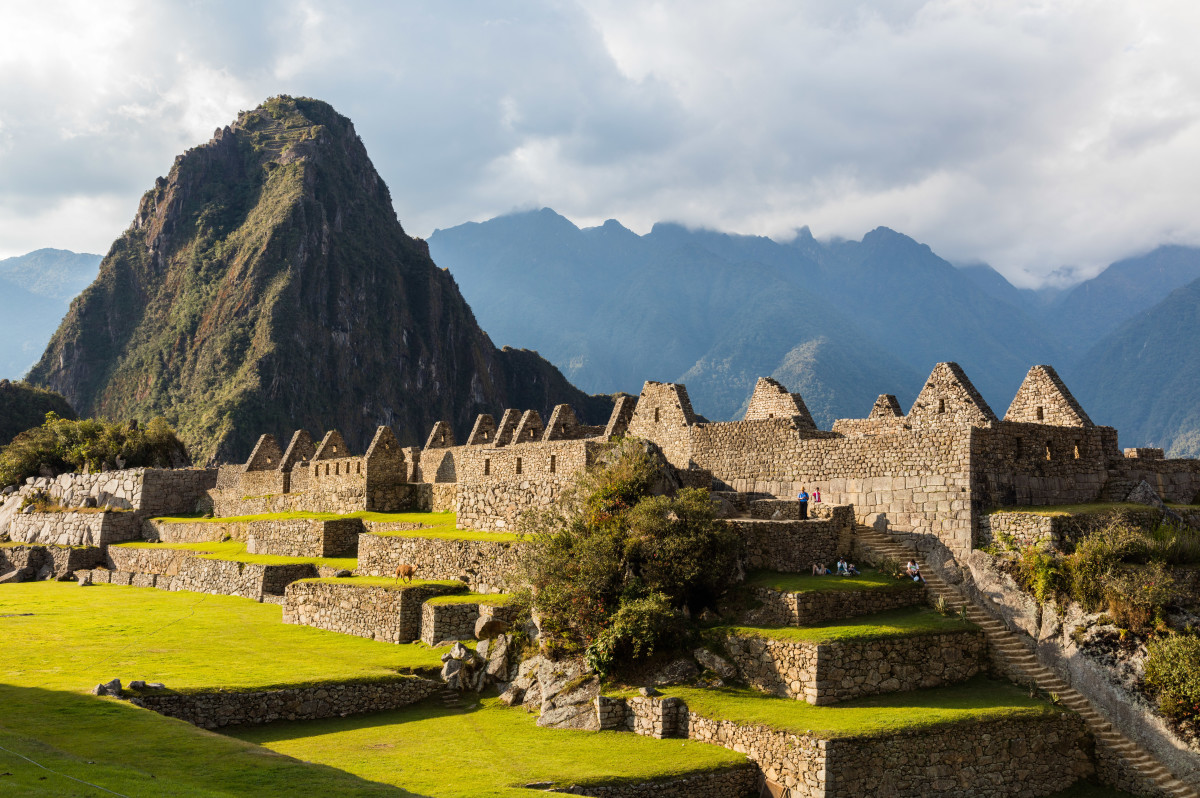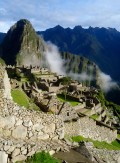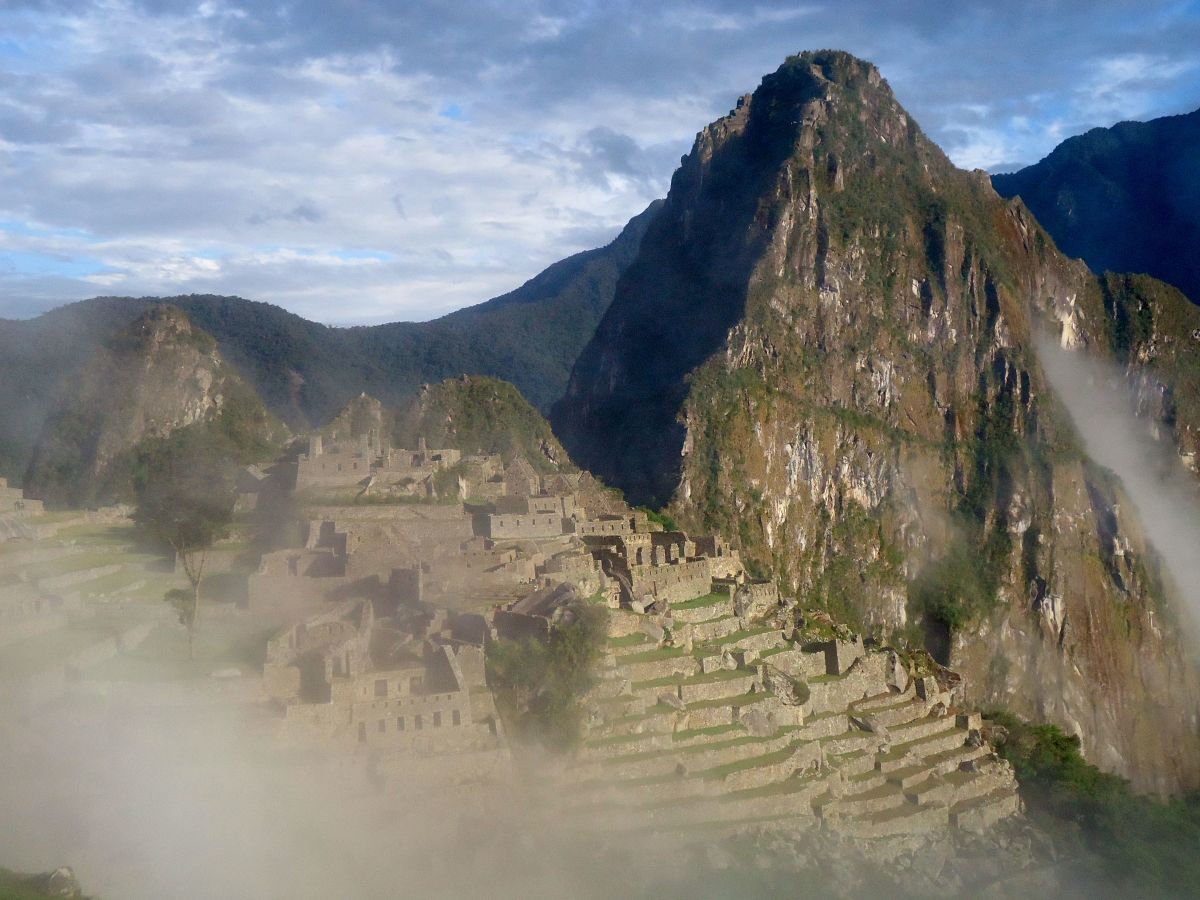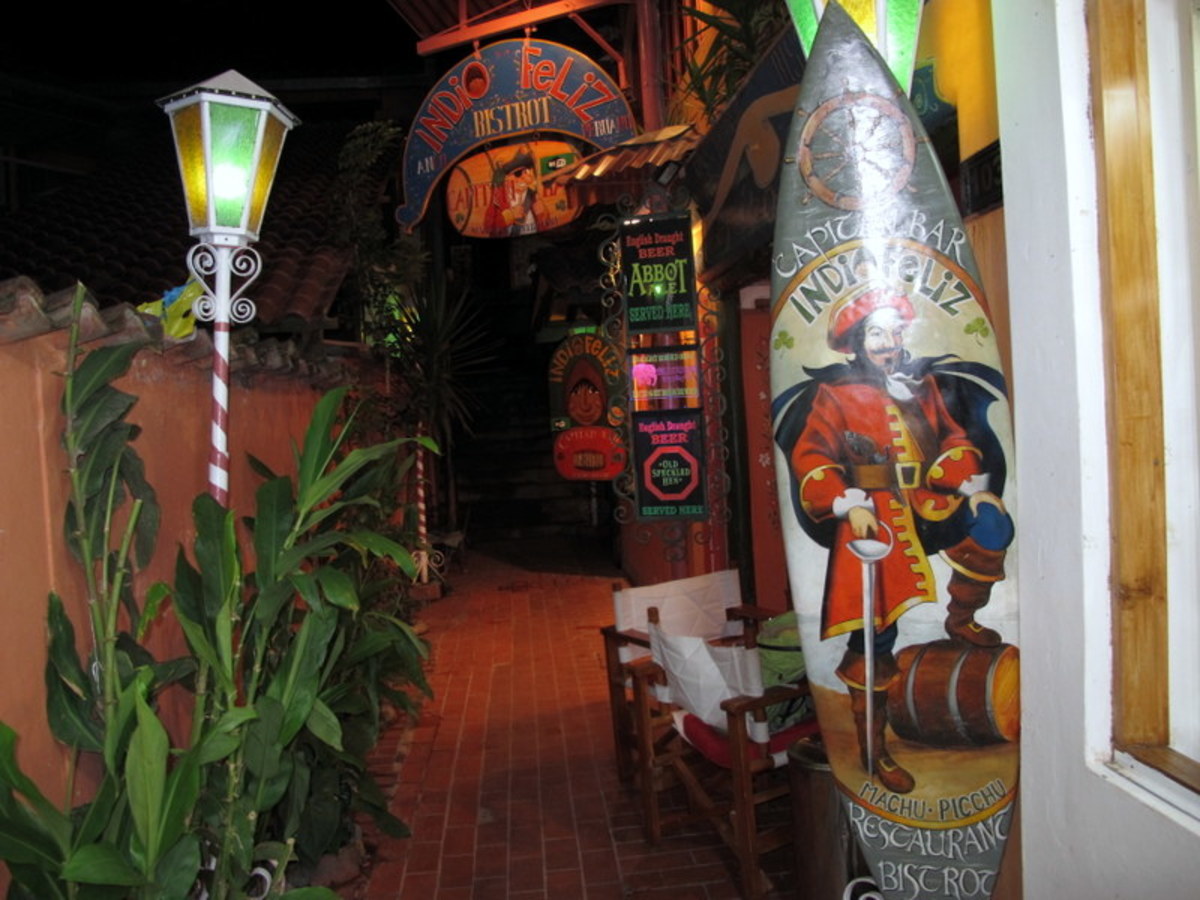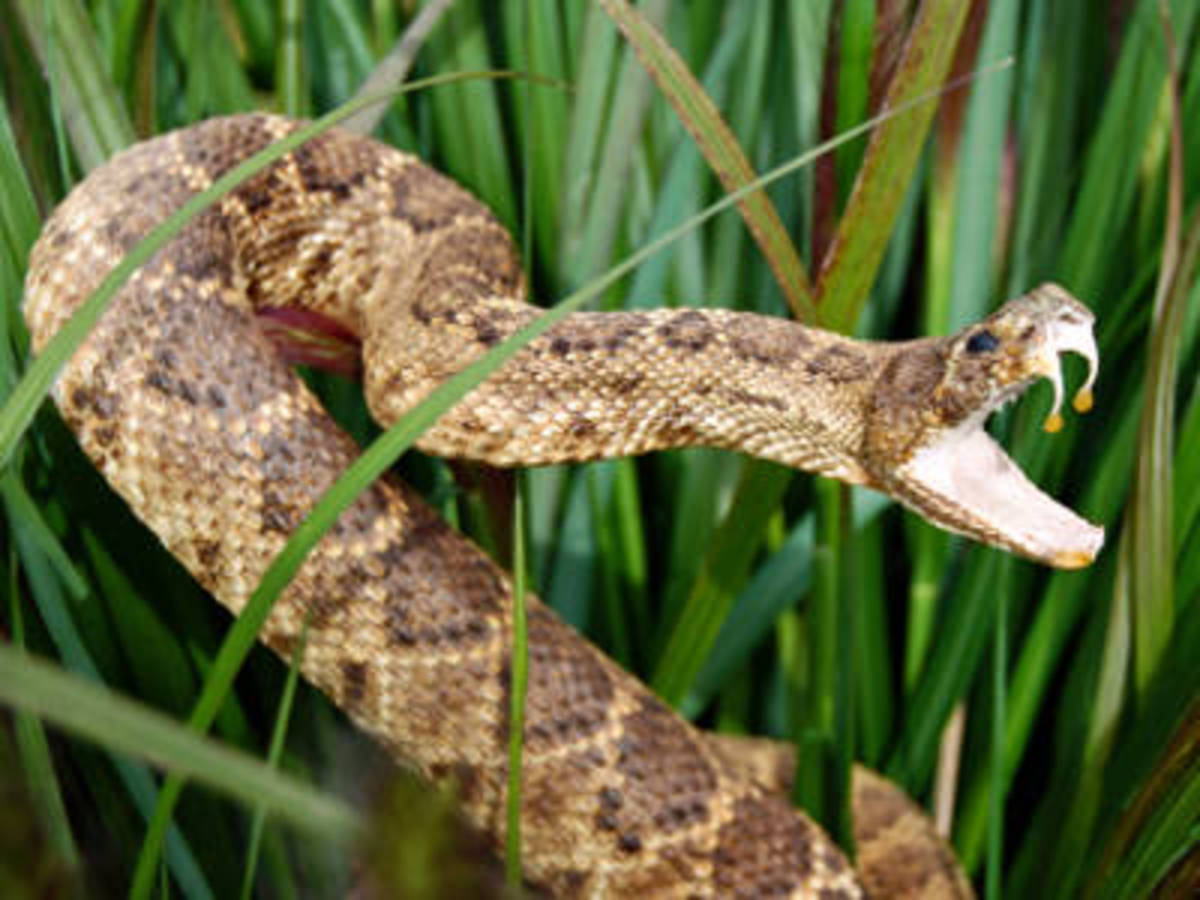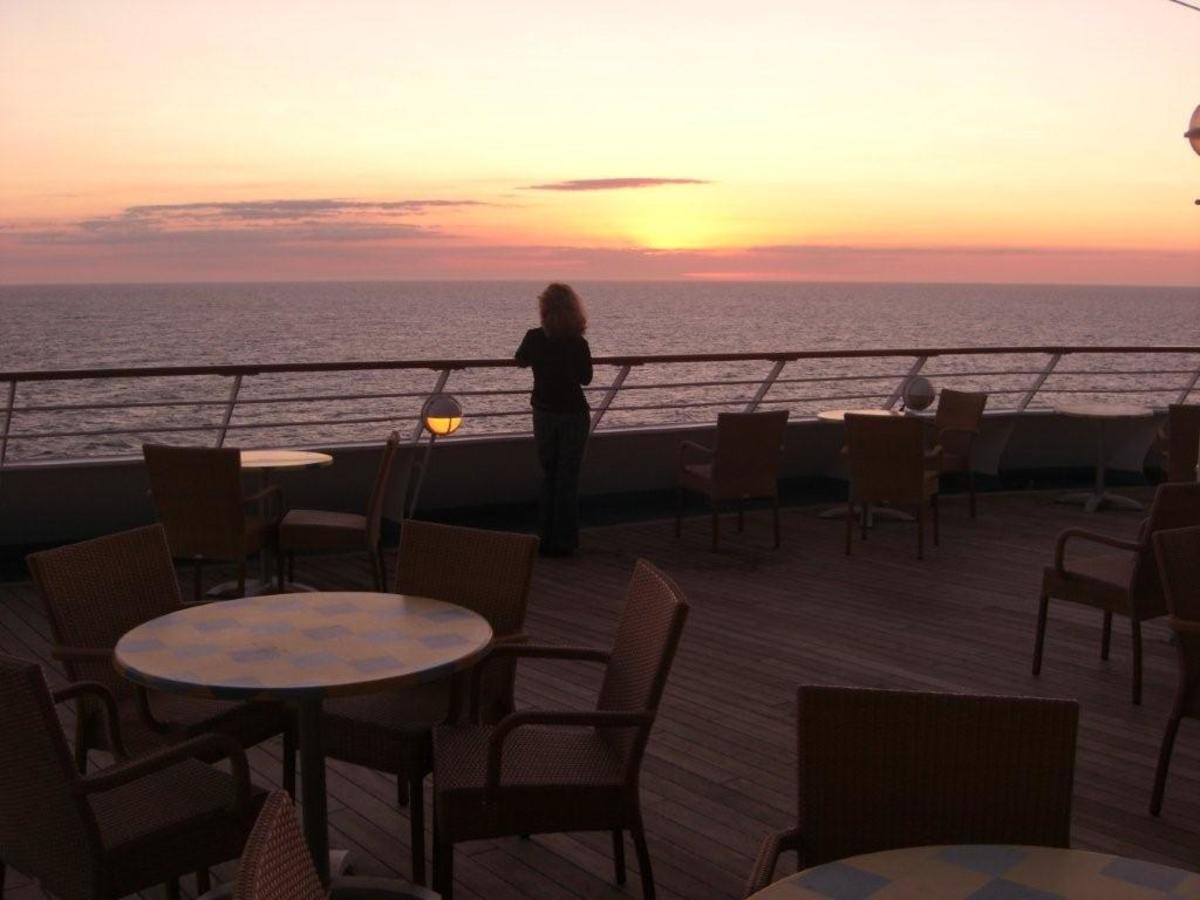Walking The Inca Trail: A Four Day Trek To Machu Picchu
Inca Trail: 4 Day Trek to Machu Picchu
The four-day version of the Inca Trail is the most famous trek in South America. The hike is located in Peru, with a popular starting point at stop km 82 of the railroad from Cusco and hiking from there around 45 kms to Machu Picchu. The route follows to some extent an old Inca roadway, which is partially paved with stones, and offers ever-changing sceneries of amazing mounting ranges, thriving cloud forest, and mysterious Inca archaeological sites. In addition, hiking the Inca Trail rewards trekkers with the bonus of looking in the sunrise of the four-day at an unforgettable view of the city of Machu Picchu, a UNESCO world heritage site.
When to Go
You can hike the Inca Trail during all year except in the month of February when it is closed for maintenance purposes. The high season runs from April to November, when the weather can be sunny and clear during the day, but nights can be extremely cold. From December to March rules the rainy season, however it is possible in a normal year hiking the Inca Trail without trouble. Only if the year happens to be especially rainy the access to the trek can be closed because of mudslide. That happened to my sister. She walked the route at the end of the nineties, during January, in a very rainy year. When she finished the trek found to her surprise that the railway was closed and she had to return to Cusco in helicopter. Perhaps, May is the best month to hike the Inca Trail, at the beginning of the high season when the forest is at its best and the weather is neither very rainy nor extremely cold.
Machu Picchu Classic Sight
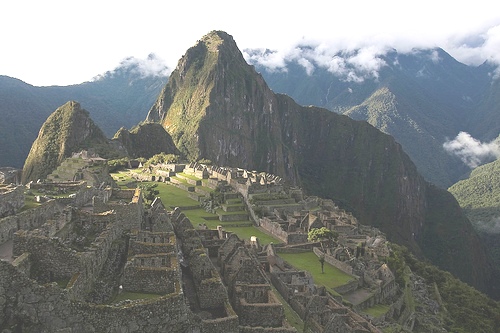
Want to Hike the Inca Trail?
When to Book
The sooner the better. Nowadays, the Peruvian authorities enforce a rule that only five hundred people can hike the Inca Trail per day, including porters, cooks, and guides. For this reason, you have to book your trip well in advance especially in the high season. In low season, it is possible to book directly in Cusco, if you happen to be there and do it several days in advance. However, in case you get your booking done this way, the quality of the service could not be the best. A friend of mine, that booked her trip in Cusco only a week beforehand, discovered it the hard way. First: the group in which she trekked the route was very large, the union of trekkers from various agencies, a common practice of cheap tour operators to lower the costs. Second: the porters were the last in reaching the campsites, and the tents were always in the worst spots. The consequence, a night particularly rainy the tents were completely inundated resulting in an unnecessary cold and long night. And believe me, you need your rest to enjoy hiking the Inca Trail.
In the Middle of the Way to Machu Picchu
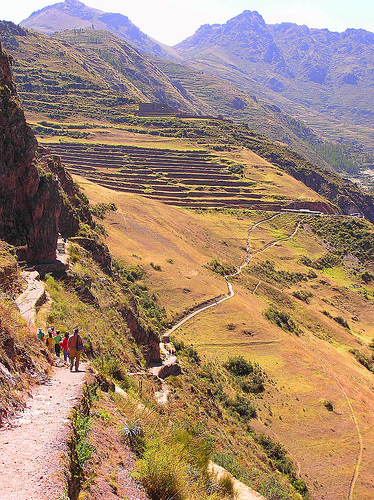
My Experience Hiking the Inca Trail
When I hiked the route a few years ago, the Peruvian government had not yet enforced the rules of no trekking independently. Therefore, I did the trek with a friend on our own. At that time, it was January in the middle of the rainy season, but the rain was not steady, there were pockets of good weather that permitted us to appreciate the surrounding mountains and the magnificent ruins scattered around the trail. Sometimes during the trek, we were walking through a fog that added a feeling of mystery to the area.
For us the trek started in the stop km 88 where you can only arrive by railroad (travels agencies favour km 82 as starting point of the trail because they can arrive by bus there). Without porters, we had to carry a heavy backpack full of superfluous things, which we did not want to leave behind in Cusco. I still remember a very comical and unnecessary thing carried by my friend: a heavy Rambo-like stainless steel hunt knife, perhaps half meter long, that my friend carried proud in the side of his backpack. To our astonishment, trekkers on the route asked him to borrow the knife to take photos posing with it! Now, after that experience, I always recommend to trek only with the essential.
Walking the Inca Trail: Toward the Sun Gate
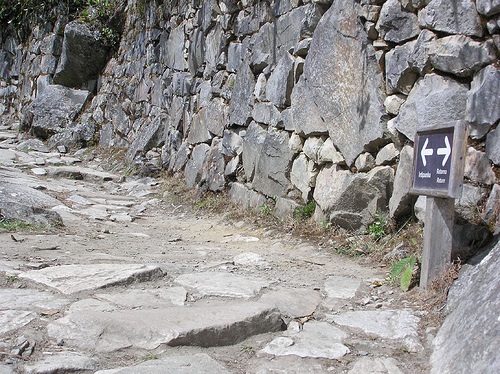
We arrived in late afternoon at km 88 and after trekking about an hour could set our eyes in the first Inca ruins of our journey: Llactapata. The place had agricultural terraces and ruined houses and we spent a little time exploring it. Near the ruins, there is an okay campsite and we passed the night there.
The second day brought the long climb to the Dead Woman's Pass with superb views of the snow-capped mountains surrounding us, the sensation of being higher than the clouds, and the feeling of accomplishment when we reached it. This climb proved to be my most rewarding, but very long, day in the trail. Without doubt, if there were not Machu Picchu, for me this part would be the highlight of the trek.
Waking the Inca Trail: A Day by Day Account of the Trek
Exhausted that night, we pitched our tent at the camping ground of Pacamayo. We began late the next day and climbed up an hour to the ruins of Runkuracay, a tiny and puzzling circular structure that overlooked the Pakamayo valley. Here started the paved with stones route that leaded us to the Sayacmarca ruins, an impressive fort-like structure that commanded panoramic views of the Aobamba valley and the route ahead. At this point, the flora turned into a cloud forest full of striking flowers and plants. The route then climbed again by the edge of the mountains reaching at an amazing tunnel with steps built of solid rocks. After passing the last pass of the trek we arrived at the Phuyupatamarka ruins and decided to pass the night in a close campsite.
The last day walking the Inca Trail was downhill, following an interminable succession of stairs. The ruins of Wiñay Wayna, the last before Machu Pichu, were simply beautiful, with agricultural terraces enclosing a series of well-preserved buildings. An hour and a half later, the route brought us to the Intipunku “The sun gate” where the imposing figure of Machu Picchu dominated the entire view. Tired but in high spirits, we embraced and hiked the last twenty minutes of our adventure. We reached our goal at last.
.
Tips for Walking the Inca Trail:
It is a good idea to spend at least two or three days in Cusco for acclimatizing before to hike the Inca Trail.
When hiking the Inca Trail drink plenty of water, it helps for acclimatizing to the altitude.
Don’t forget to bring your passport to the trek, photocopies are not enough!
Having a good level of fitness when walking the Inca Trail is a good idea, it would help you to enjoy more the hike. Although the route is not hard, the second day of the trek can be strenuous. You have to climb up more than one thousand two hundreds meters to reach the Abra de Huarmihuañusca or 'Dead Woman's Pass’ which is four thousand two hundreds meters high.
Even though you will hike the Inca Trail during the high season, it is convenient to carry a raincoat or a rain poncho with you.
Bring a flashlight and batteries with you. The last day you will have to walk one hour and a half before dawn.
Return all your trash with you to Cusco.
Links of Interest Related with the Inca trail
- Visit Peru
If you are interested in other trips in Peru besides hiking the Inca Trail to Machu Pichu, a Peruvian hubber, Princessa, has written an informative hub suggesting others sites that can be of interest to you on your travel. - Machu Picchu Peru
Angela Harris tells us more about the city of Machu Pichu and the form in which the Incas have built it. When walking the Inca Trail it is fascinating to think about the capacity of the Incas that many years ago were able to build so remarkable city.
A Video Showing Sights of the Itinerary of the Inca Trail to Machu Picchu
.
****
First photo courtesy of Phil Roman, photos of people trekking the Inca Trail and the Sun Gate courtesy of Chang'r.
In Hubpages you can write about any topic you love and it's free! Click here to join!
